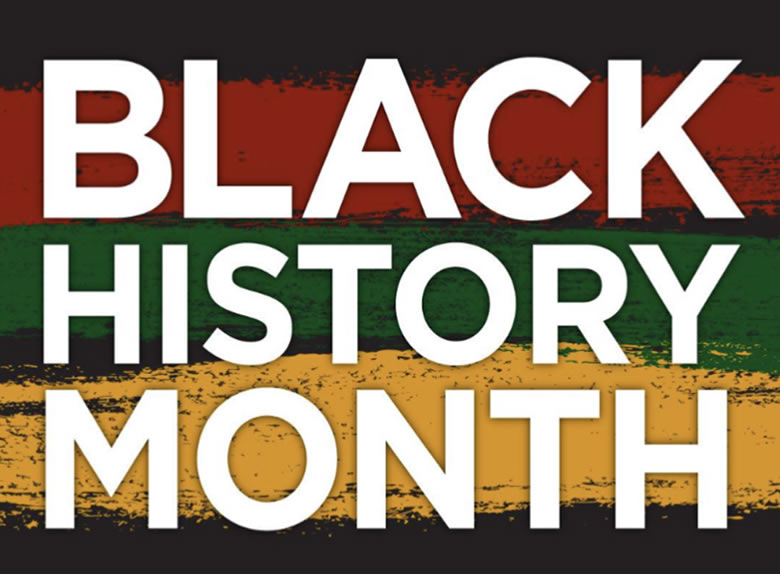This year’s Black History Month arrives at a pivotal time in U.S. history, when the political turmoil of the past several years has revealed a resurgent racial animus that many Americans thought was long gone. While most Americans want to tackle the problem of racial injustice and promote steps toward a long overdue reconciliation, a vocal and politically active segment of the population wants to suppress any aspects of a historical narrative that could associate them with the national race-based crimes of the past. They refuse to acknowledge aspects of history that paint them as anything less than noble and the country as always righteous and good. School boards and state legislators across the U.S. are working to sanitize the content that children are taught in public schools in deference to the sensibilities of White children. The very nature of truth is being challenged as a political movement seeks to assert its primacy by manipulating what people know and believe.
My own family history has been shaped by efforts to suppress the truth of a terrifying event that happened in U.S. history 100 years ago. A prosperous and thriving Black community in Tulsa, Oklahoma, was burned to the ground during two days of murder, looting, and arson, prompted by envy, greed, and race hatred. African Americans had founded Greenwood, in 1906, on the northern outskirts of Tulsa, which was a wealthy oil town. The community was so financially well situated that it was known as The Black Wall Street. A big lie sparked mob violence when a young Black man was falsely accused of assaulting a White teenage girl in an elevator. The savagery that Tulsa’s White residents unleashed on Greenwood as its citizens were overwhelmed trying to defend their homes and businesses was unprecedented in domestic U.S. history: an estimated 10,000 people were made homeless, 300 were killed, businesses and dreams were destroyed, millions of dollars were lost, and the community’s faith in American justice was shaken. No one has ever paid for these crimes, although an eyewitness account documenting what happened survives.
Mary Elizabeth Jones Parrish was reading quietly on the evening of May 31, 1921. Her daughter, Florence Mary, was amusing herself by looking out the nighttime window onto Greenwood Avenue, the heart of Black Wall Street. The young mother had dismissed her class at the Mary Jones Parrish School of Natural Education. The little girl suddenly exclaimed, “Mother, I see men with guns.” Springing to the window, the young teacher and reporter saw that what her daughter said was true. Men were in the streets with guns. Houses were ablaze, businesses were being looted, and Mary Parrish had to decide between being burnt alive inside her home or to risk fleeing through the bullets and fire to safety. She eventually set out with her child, running north on Greenwood Avenue with only the clothes on their backs, not even a bonnet for her little girl. Mary Parrish, my paternal great-grandmother, went on to publish her eyewitness account, and the stories of other survivors, in a book she published in 1923. But city officials conspired to keep the massacre a secret, and the story was lost to the broader public for decades. However traumatic and extreme this event was, it was but one example of the political terror campaigns that African Americans have endured throughout America’s history.
Why is this important to the African Diaspora, you may ask. The answer is simple. We have all been bombarded with disinformation that tells us that African Americans waste opportunities for the progress and prosperity that America offers. We know from the disasters in Tulsa, Wilmington, and other places that assigning Black setbacks to moral failure rather than to organized undermining of Black success is a false narrative. The prevalence of that big lie, however, affects how we are perceived throughout the diaspora, and even our own impressions of ourselves. African American lives and progress have been stymied by racist attitudes manifested in policies and organized violence. The Whites who destroyed Black Wall Street were deputized and armed by the police department. The Oklahoma National Guard participated in the attack on the community. Official complicity with vigilante violence has long been a feature of America’s racial landscape, and faith in American justice has been a casualty. So while African Americans are cast as villains, they have been victimized by villainous policies justified by their supposed villainy. See how that works? This is a truth that the diaspora should know. Europe and America snatched the Africans who became African Americans, forged in the crucible of America’s cruel and unequal treatment. Despite all this, we build and then rebuild when what we built before is snatched from us, just as our ancestors were brutally taken from the Mother Continent hundreds of years ago. Our cousins in the diaspora must know what we have endured and what we have contributed to the pluralistic society that America strives to become. Although under duress, Mother Africa sent forth her people to America’s shores. We are still here.–Anneliese M. Bruner


